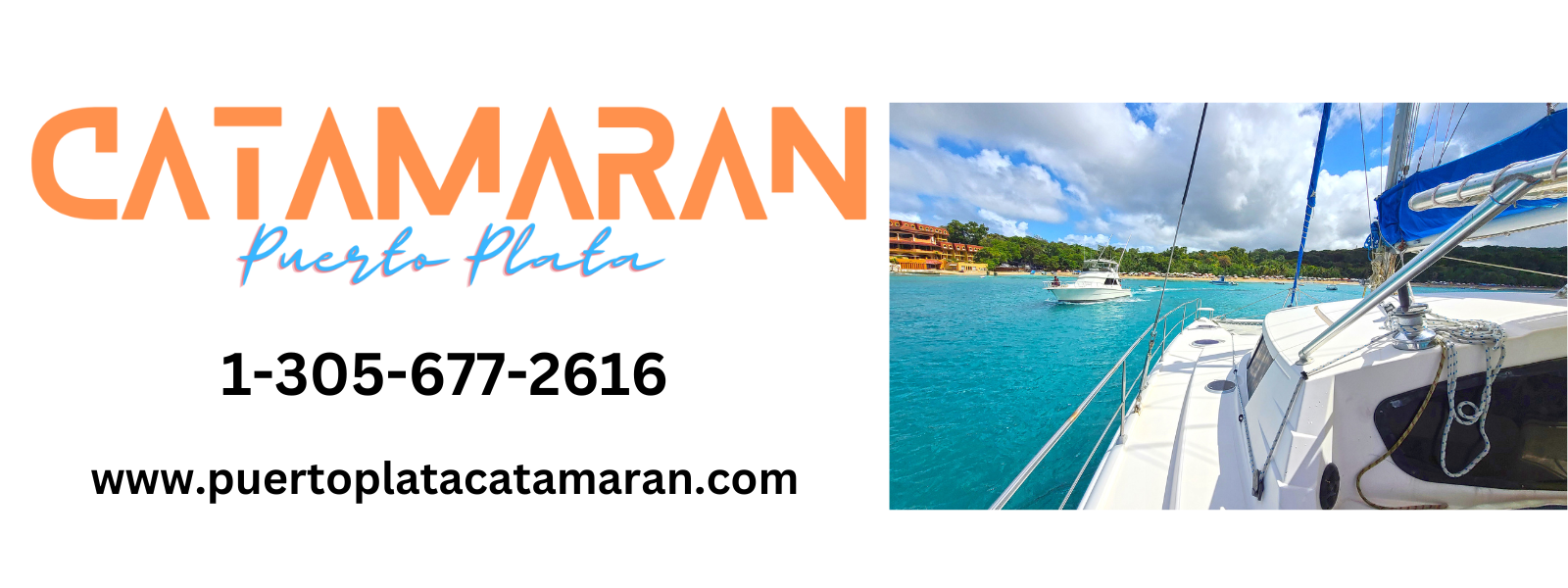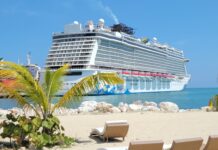The history of Dominican rum is deeply intertwined with the history of the Dominican Republic itself. The Dominican Republic, located in the Caribbean, has a long-standing tradition of rum production that dates back centuries. Let’s take a journey through the fascinating history of Dominican rum.
NAVIGATE THIS ARTICLE:
- How Rum is Made
- Proper Rum Aging
- Brugal Distillery
- A Tour of Brugal Distillery
- Barcelo Rum Distillery
- Macorix Rum Distillery
- Bermudez Rum Distillery
- Siboney Rum Distillery
Sugar cane is native to India, and the Arabs brought it to Spain during their domination. Don Diego Bermúdez was responsible for bringing sugar cane to the New World on Christopher Columbus’s second voyage to Hispaniola in 1493. It later reached countries such as Cuba, the Antilles, Puerto Rico, and Jamaica.
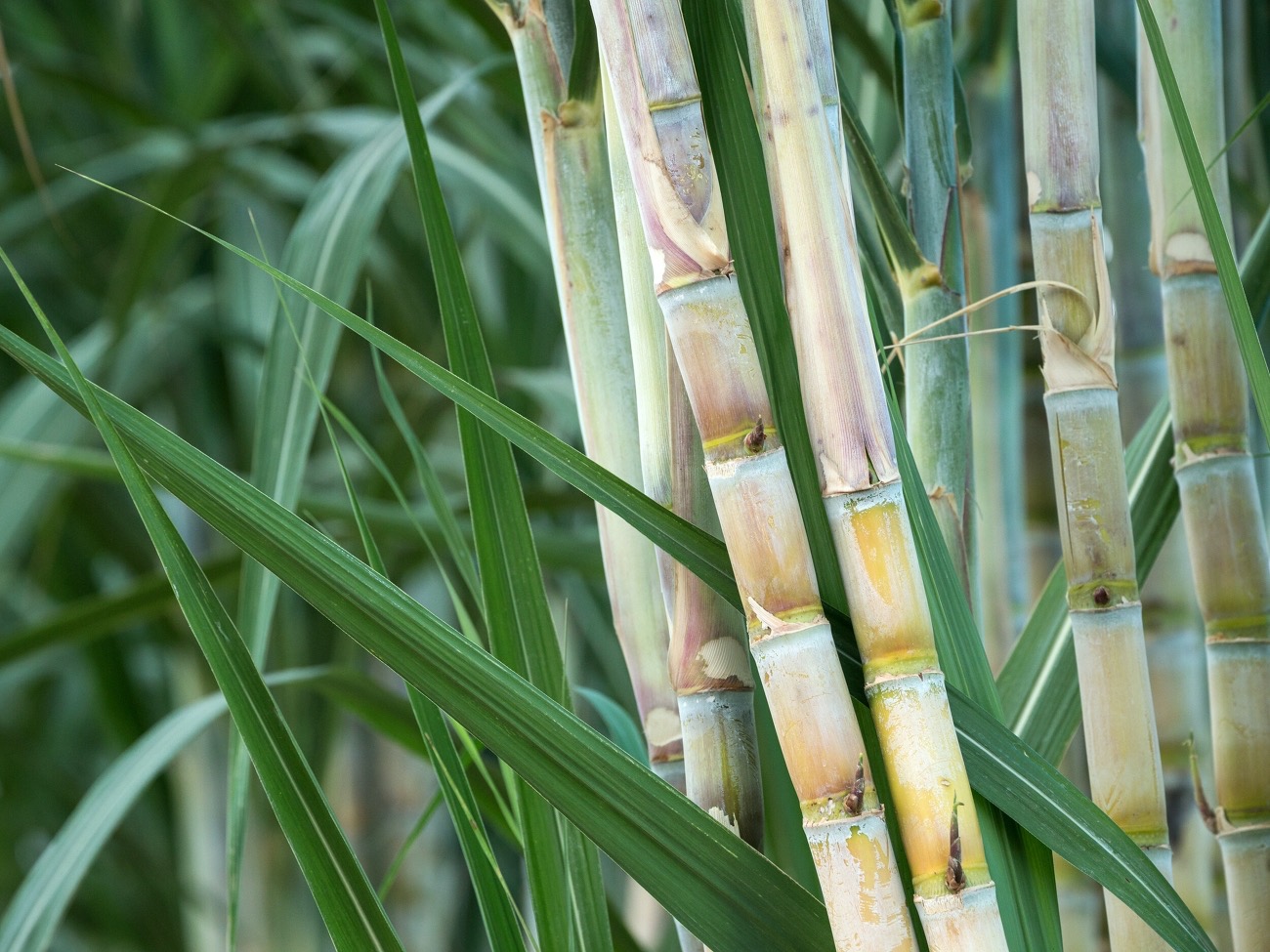
Initially, the primary focus of the Spanish settlers was on the production of sugarcane and sugar. However, they soon discovered that the byproduct of sugar production, molasses, could be fermented and distilled into a delightful alcoholic beverage. This marked the birth of rum production on the island.
The first time rum was made was in 1650 in Barbados, and it was called “Kill Devil” or “Rembullion,” which translates to “great tumult.” The English abbreviated it as “Rum,” the French as “Rhum,” and the Spanish as “Ron.”

How Rum is Made:
Rum is made with water and sugarcane. The molasses that remains after sugar crystallization in sugarcane juice is fermented. Then comes a careful distillation process, followed by aging in barrels. Finally, comes the blending and the secret of each manufacturer, where experience and tradition are important elements to achieve a high-quality rum.
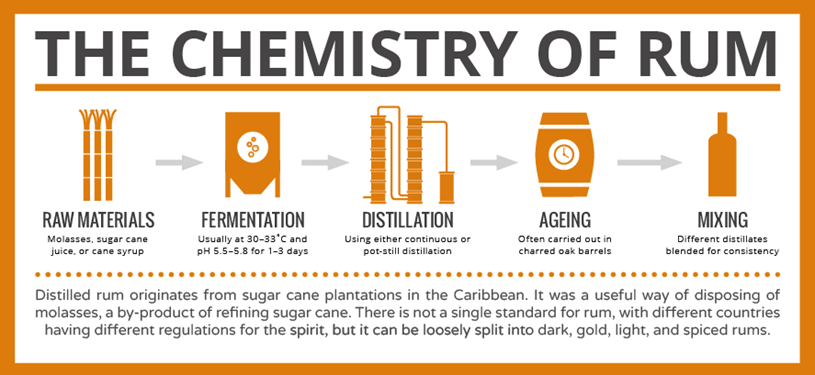
Achieving Proper Rum Aging:
Aging rum in oak barrels is a process that was discovered by accident. Rum used to be bottled directly after distillation, and this is still done today with some white rums. However, when producers started making more rum than could be consumed in a short period of time, they began storing it in oak barrels, which were also very safe for transportation. It was soon noticed that the rum took on a coloration and developed a much superior flavor.

This aging process occurs through the fusion of the wood components with those of the liquor. The rum absorbs the flavor and color of the wood, and it allows the rum to breathe, resulting in wonderful oxidative combinations. Most rums are aged in barrels that have been used for Whiskey (especially “bourbon” type), Cognac, and Wine.
Light rums are aged for 1 to 3 years. Heavy rums spend a minimum of 3 years in barrels. There are varieties of white, golden, aged, old, sweet, agricultural, spiced, and light rums, as well as Solera, Aged, Solera Reserva, extra old, XO, Gran Reserva, Imperial, Platinum, and Premium.
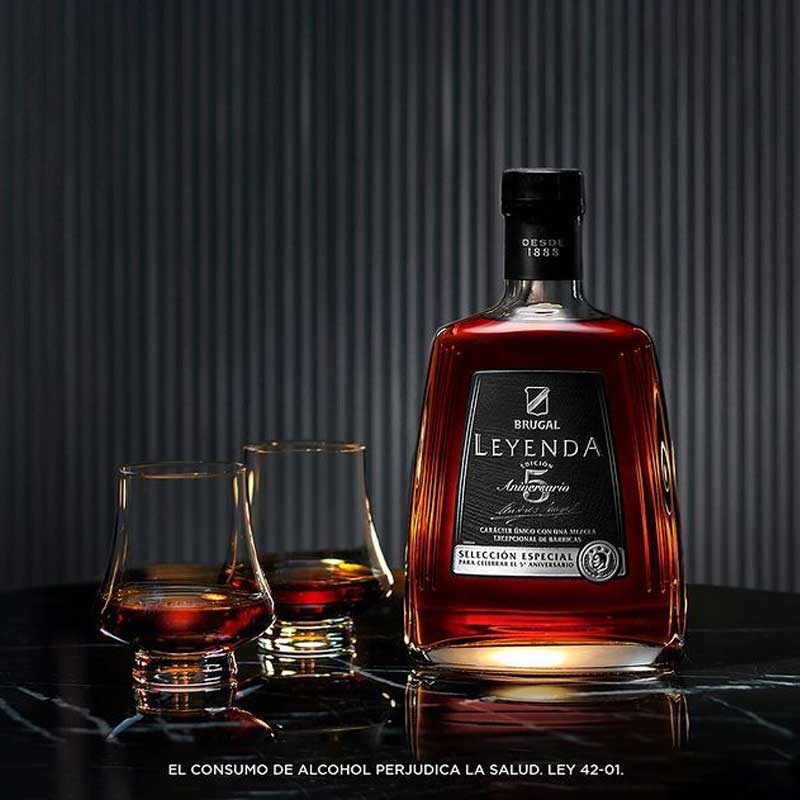
The longer a rum is aged, the smoother and more mature it becomes. A rum can be aged for a maximum of 20 years in a cool and humid climate. If it is left for a longer period, it begins to lose its flavor. In warmer and drier climates, aging occurs more rapidly, and it is very difficult for it to improve after 7 years. It is important to take into account the years of aging of rum, but also the place of aging.
Rum quickly gained popularity among the colonists and became a significant part of the local economy. Small-scale distilleries, known as “trapiches,” began to emerge, producing rum for local consumption. These trapiches were simple and often operated by individual families or small communities.
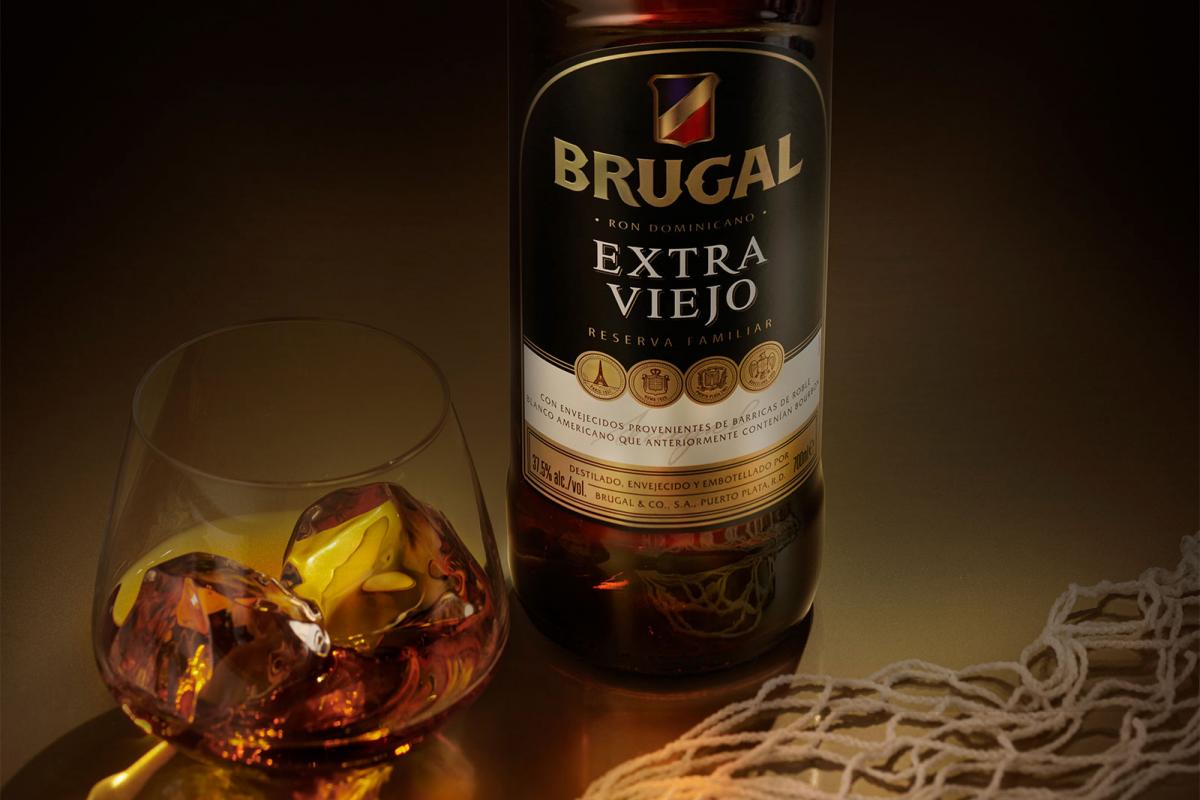
A trapiche is the actual name of a rudimentary sugar mill press used to squeeze sugarcane. the earlier ones were made of wood, then a more industrialized version made of iron was used. it consists of a set of gears that connects a main vertical axle with various sub axles or a horizontal one; this machinery was usually powered first by people, then by horses or oxen. Some trapiches had a combination of wood and stone cylinders, making them stronger and longer lasting.
BRUGAL DISTILLERY
The story of Brugal dates back to the late 19th century when Don Andrés Brugal Montaner, a Spanish immigrant, arrived in the Dominican Republic in 1888. Don Andrés founded Brugal & Co. in Puerto Plata, a bustling port city on the northern coast of the Dominican Republic. The distillery’s location was strategic, as it provided easy access to sugarcane plantations and trade routes.
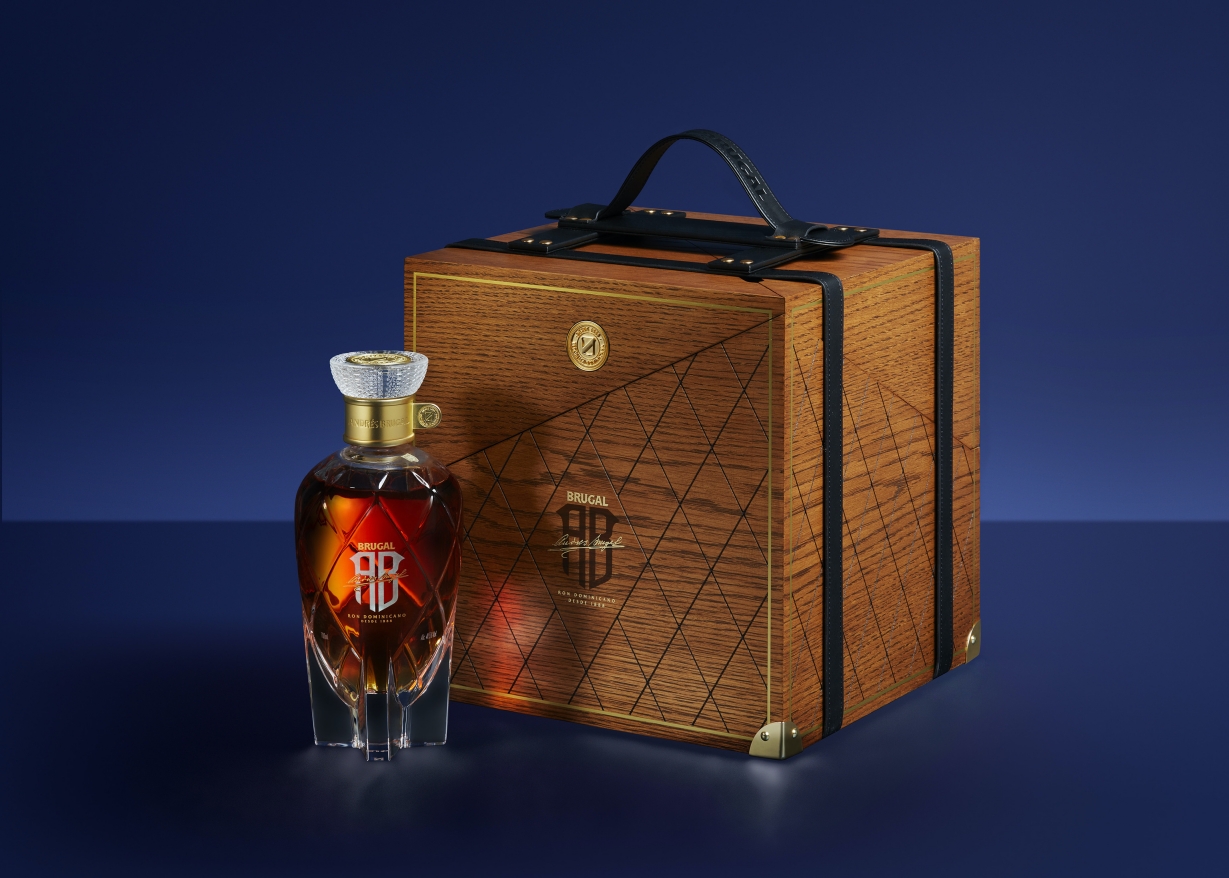
Brugal & Co. set out to produce a rum that would stand out in terms of quality and flavor. Don Andrés implemented a number of practices and principles that became the foundation of the brand. He focused on the use of high-quality sugarcane molasses, employing traditional copper pot stills for distillation, and advocating for longer aging periods to achieve a smoother and more refined product.
One of Brugal’s defining characteristics is its dedication to the art of aging rum. Don Andrés implemented the practice of aging rum in American white oak barrels, previously used for aging bourbon whiskey. This method imparted unique flavors and complexity to the rum, contributing to Brugal’s distinctive profile. With their Siglo de Oro, Papa Andres and Andres Brugal editions, the brand has risen to a much higher level.
On Video: A Tour of the Brugal Distillery
Over the years, Brugal remained a family-owned and family-operated company. Successive generations of the Brugal family continued to refine and expand the brand, upholding the traditional production methods and values established by Don Andrés. Book The Dominican Rum Tour in Puerto Plata to visit the Brugal factory.
In 1976, Brugal built a state-of-the-art distillery in Puerto Plata, equipped with modern technology while still preserving the brand’s commitment to traditional craftsmanship. The new distillery allowed for increased production capacity while maintaining the brand’s stringent quality standards.
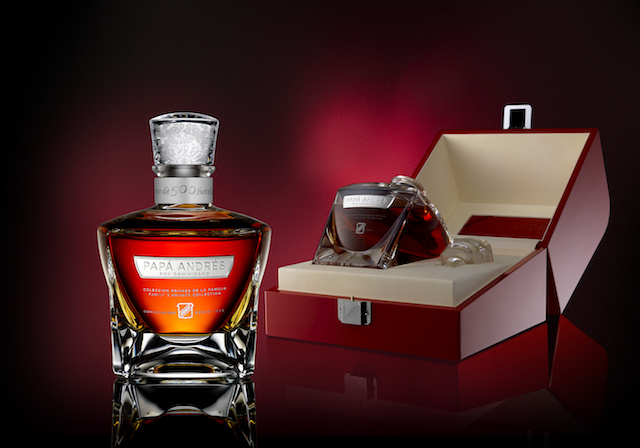
Today, Brugal is recognized as one of the world’s finest rum producers, with its products available in numerous countries. The brand offers a range of rums, including white rums, aged rums, and premium limited-edition releases.
BARCELO DISTILLERY
The history of Barceló Rum dates back to the 19th century when the Barceló family began their journey in the Dominican Republic. The story begins with Julián Barceló, a Spanish immigrant who arrived in the Dominican Republic in 1929.
In 1930, Julián Barceló founded Barceló & Co. in Santo Domingo, the capital city of the Dominican Republic. Initially, the company focused on producing spirits such as rum, gin, and brandy. However, it was the production of rum that would become their signature product and eventually make Barceló a renowned name in the world of spirits.
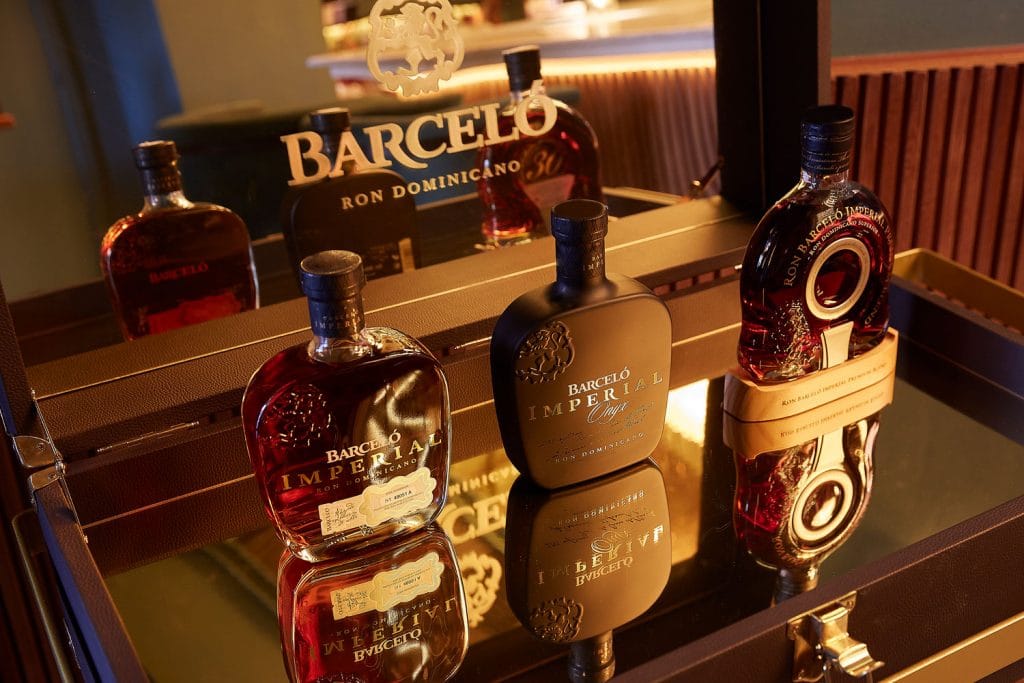
In the 1970s, Barceló Rum gained international recognition. The brand’s reputation grew as it won several awards at international spirits competitions, solidifying its status as a premium rum producer.
Over the years, Barceló Rum continued to innovate and refine its production methods. The company embraced the use of premium sugarcane and utilized a meticulous aging process that involved aging the rum in American white oak barrels. This careful aging process imparted rich flavors and aromas to the rum, contributing to its distinct character.
In 1992, Barceló Rum launched its flagship product, Barceló Imperial, which quickly became an icon of Dominican rum. Barceló Imperial is a premium aged rum known for its smoothness, complexity, and exquisite taste. It became a symbol of the brand’s commitment to quality and craftsmanship.
MACORIX DISTILLERY
The history of Macorix Rum begins in the Dominican Republic, a country known for its rich rum-making heritage. Macorix is a brand that has become synonymous with the art of rum production and has garnered a loyal following over the years.
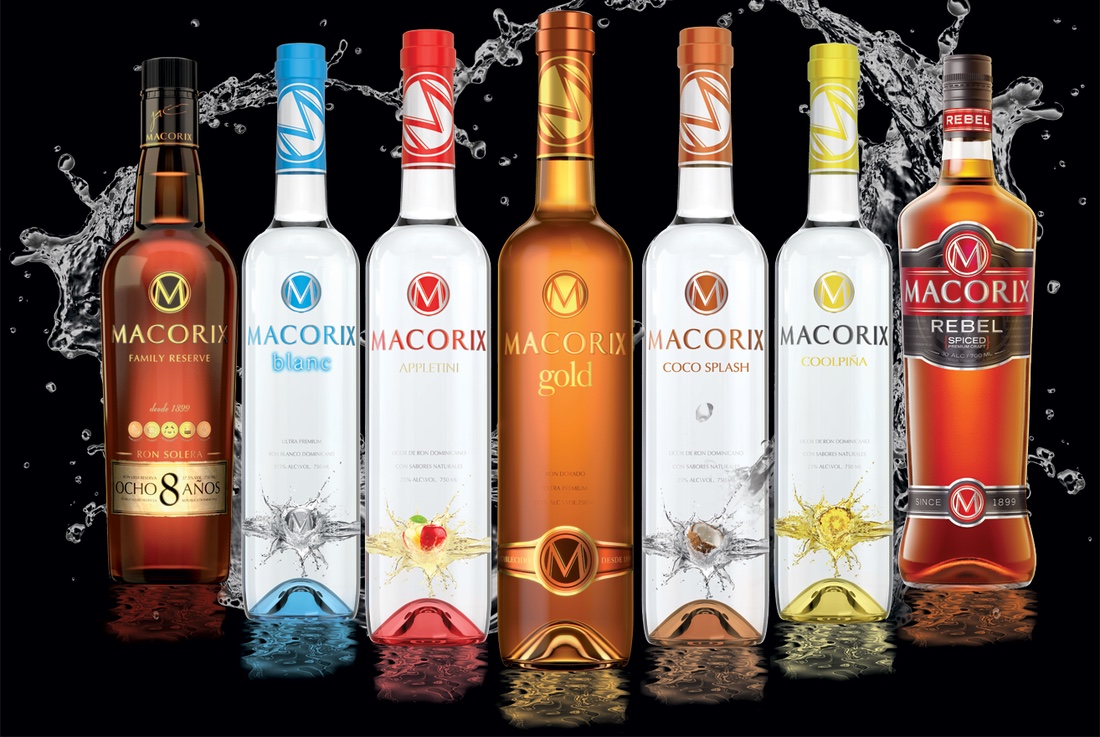
Macorix House of Rum is a historical museum of the Ron Family Macorix was born in 1899 by the Carrión family from the town of San Pedro de Macorís, a place considered by many to be the land of poets, artists and sugar cane. This city, located on the southeastern coast of the Dominican Republic, is renowned for its sugar cane plantations and is often referred to as the “Cradle of Rum.”
Through years of experimentation and refinement, the Macorix brand was born. The name “Macorix” is derived from the indigenous Taíno word for “golden place,” a fitting tribute to the Dominican Republic’s lush landscapes and golden rum-making traditions. Their selection includes excellent rums, including flavored ones:
- Rum Macorix Grand Reserve
- Rum Macorix Rebel
- Rum Macorix Coconut Splash
- Rum Macorix CoolPineapple
- Rum Macorix Appletini
- Rum Macorix Blanc
- Rum Macorix Gold
- Macorix Ice Appletini
- Macorix Ice Coolpineapple
On Video: Macorix Rum Distillery Tour
In the following decades, Macorix continued to expand its portfolio, introducing a variety of rum expressions to cater to different palates. These included aged rums, flavored rums, and even innovative blends that combined the richness of different rum styles. Book The Dominican Rum Tour in Puerto Plata to visit the Macorix factory.
BERMUDEZ DISTILLERY
In 1852, in Santiago de los Caballeros, the history of the first Dominican Rum began to be written during the early stages of the independence struggle, thanks to a Venezuelan immigrant and pharmacist named Don Erasmo Bermúdez, who created a drink known as the “Amargo Panacea.”
The “Amargo Panacea” had a considerable alcoholic content for medicinal use, but soon it started to be consumed as an aperitif, leading to the development of the art of crafting a refined rum and establishing the oldest liquor factory in the country and Latin America: “La Sin Rival.”
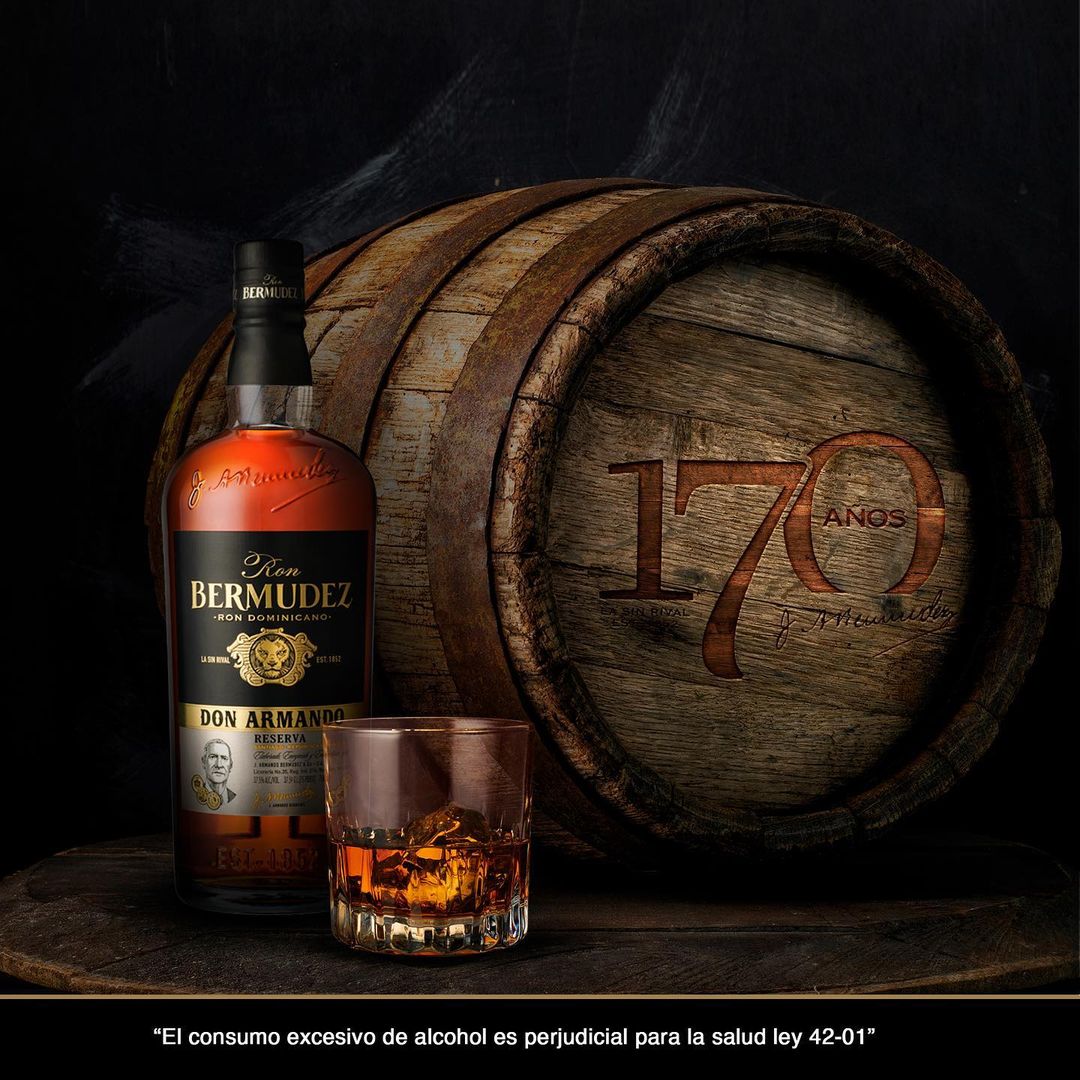
Obstacles are always part of success stories, and ours is no exception. A devastating fire, caused by the Restoration War, swept through Santiago, destroying the city’s heart, and with it, the facilities of Erasmo Bermúdez’s “La Sin Rival” factory were also consumed by the flames.
However, the spirit of resilience and perseverance that accompanies our lineage allowed us to rise from the ashes, and through appropriate claims, we obtained compensation from the Spanish to make amends for the damages suffered. Once restored, this marked a new stage for the liquor and pharmacy.
SIBONEY DISTILLERY
Siboney rum is a Dominican rum that has been produced since 1920 by Bodegas Cochón-Calvo, S.A. The company was founded by the Cochon Calvo family, who were originally from Pontevedra, Spain. They settled in Santo Domingo in 1920 and built the La Colon distillery on the west bank of the Ozama River.
The first rum produced by the company was called Siboney, and it quickly became one of the most popular rums in the Dominican Republic. Siboney is made from sugar cane molasses that is distilled in copper pot stills. The rum is then aged in American oak barrels for a minimum of one year.
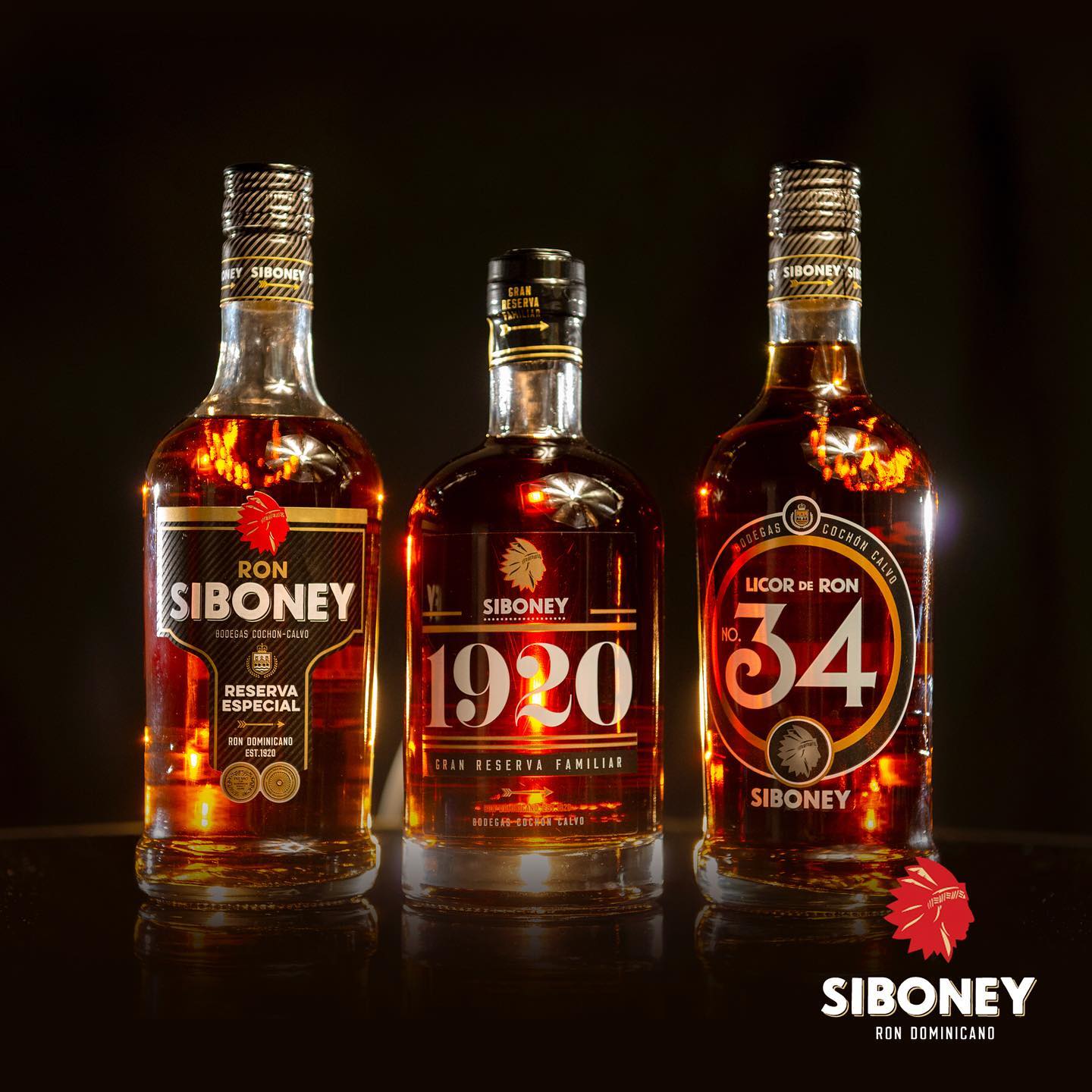
Over the years, Siboney has become one of the most respected rums in the world. It has won numerous awards, including the Gold Medal at the International Rum Festival in 2005. Siboney is currently available in over 50 countries around the world.
Its smooth and balanced flavor, along with its exquisite aroma, makes it excellent for enjoying straight, on the rocks, or mixed with other beverages. Siboney Reserva Especial, and Gran Reserva Familiar are very fine rums for discerning aficionados.
Today, Siboney rum is still produced by Bodegas Cochón-Calvo in Santo Domingo. The company has a wide range of Siboney rums available, including white, gold, amber, and añejo. Siboney rum is a popular choice for both mixing and sipping, and it is known for its smooth, complex flavor.
Dominican Rum Tour
The Dominican Rum Tour is available in Puerto Plata, to visit the Brugal and Macorix rum production facility and showroom. It includes historic information, rum tasting and a bilingual guide. This tour is often offered with a cigar tour.
LISTEN TO THE AUDIO VERSION OF THIS ARTICLE
Sources:




